All types of gardens exist, such as edible, raised bed, ornamental, container, indoor, greenhouse, soilless, small space, therapeutic gardening, and xeriscaping. What matters is what your goals are with your garden. These will determine what kind of garden works best for you, and you can start building that garden from there. Plus, you’ll know what kinds of resources you’ll need to help you. Let us know what you think of ours and what sorts of results you’re seeing for your particular garden type.
-
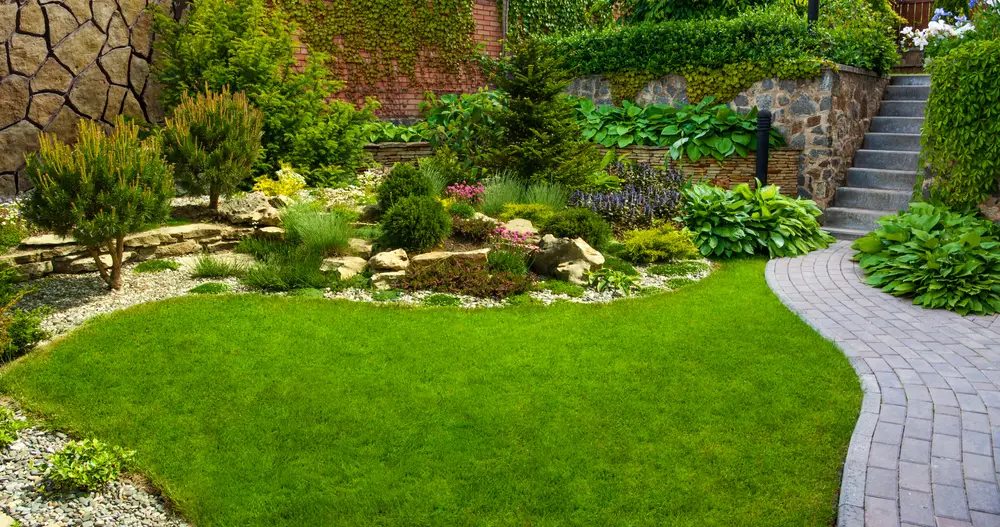
How To Create A Microclimate In Your Garden: Step-By-Step Guide
Creating a microclimate in your garden requires a series of careful steps and an understanding of how microclimates work.
-
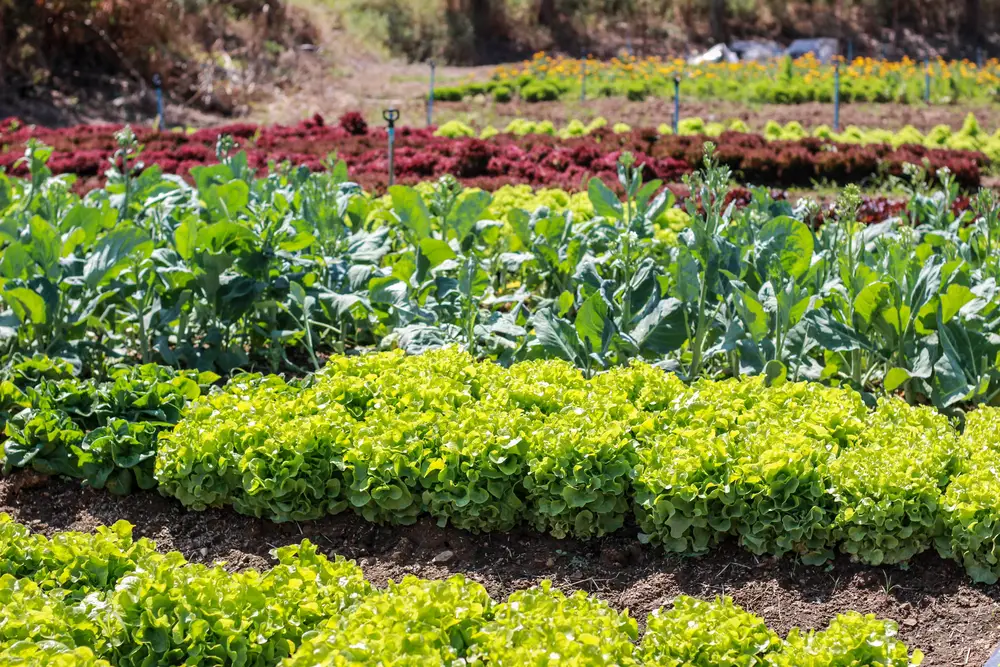
15 Best Vegetable Garden Ideas
Whether you have a backyard or just a sunny deck or patio, with a bit of planning you can grow vegetables in spaces large or small. Here are some ideas to help you do just that.
-
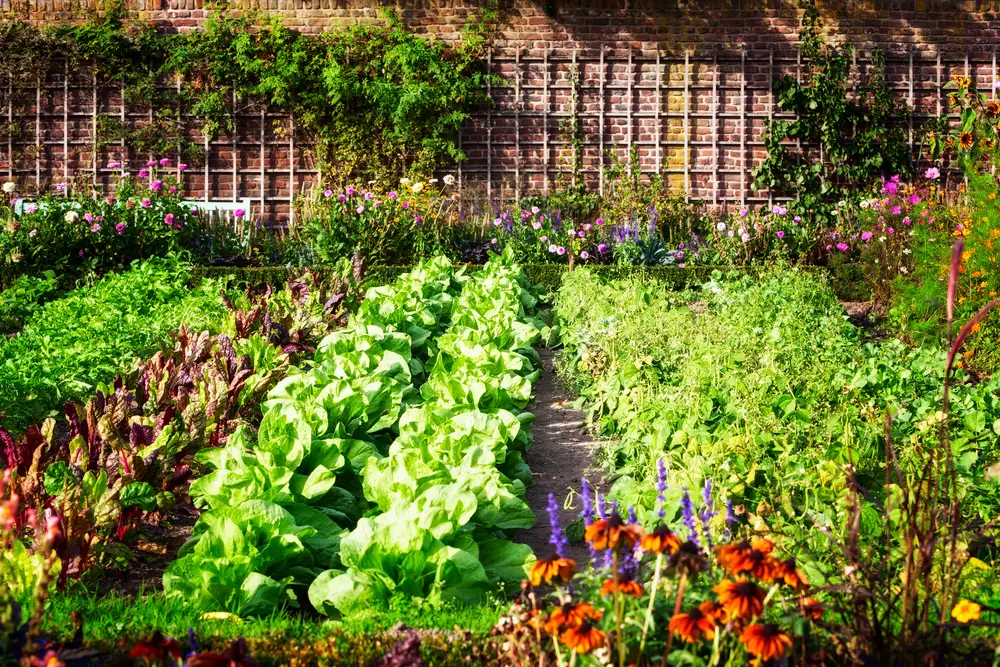
How To Design The Perfect Vegetable Garden Layout
Designing a vegetable garden layout isn’t complicated or difficult. Taking the time to plan what you want to grow and then draw a design on paper will mean better success, and it can save you from overspending on plants you won’t have room for.
-
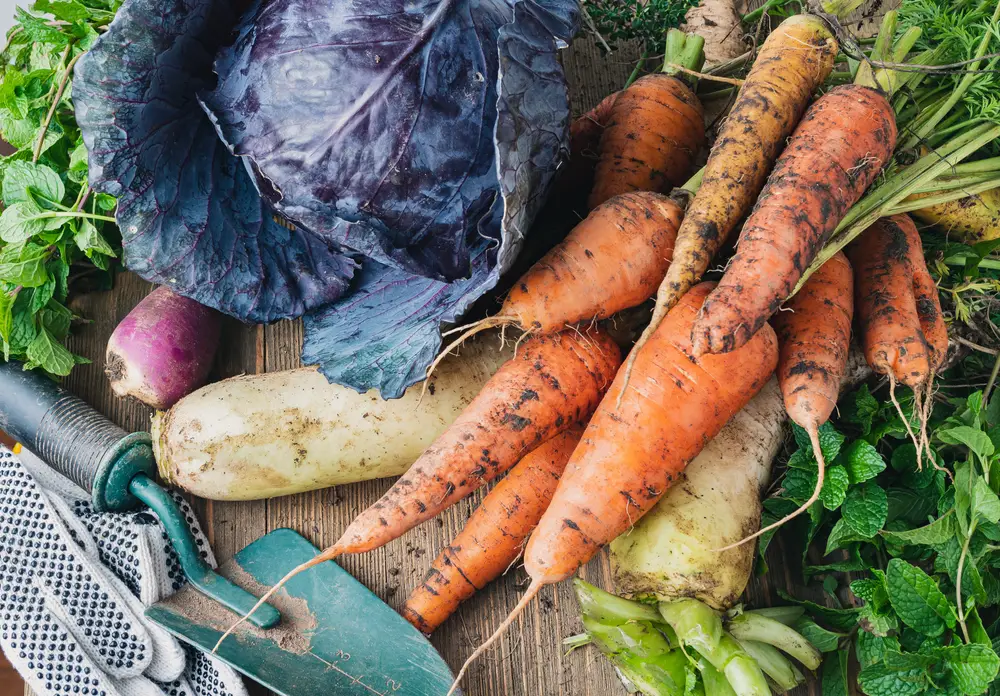
10 Best Vegetables To Grow In The Winter
Growing vegetables in the winter can be difficult, but it gets easier when you know the best ones.
-
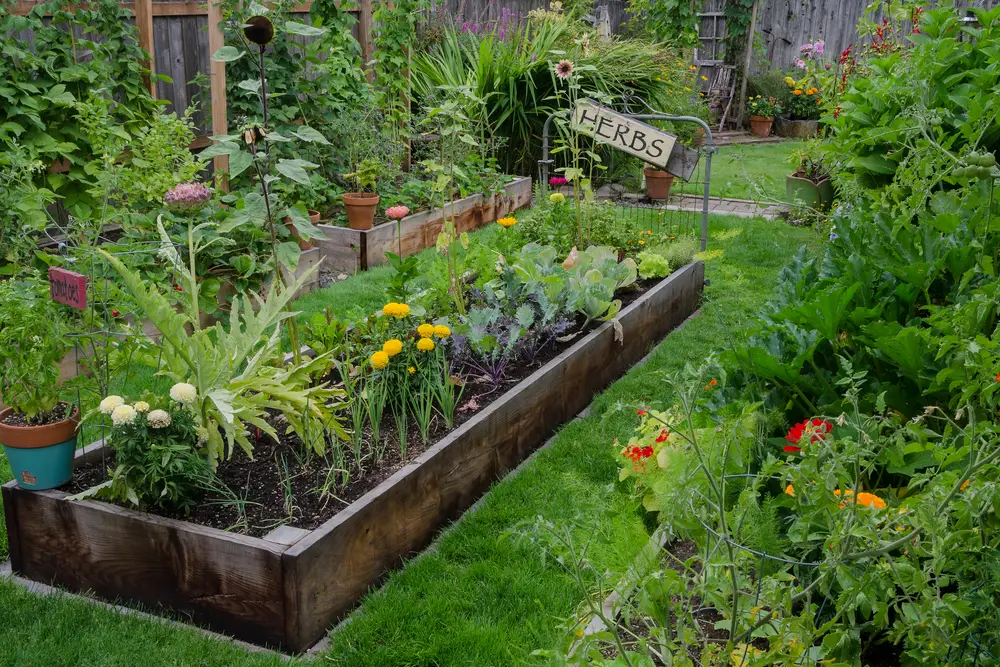
What Are Microclimates: Everything To Know For Your Garden
Microclimates are smaller climates within larger ones that deviate from the norm. Microclimates occur due to a variety of conditions such as light, wind, water, buildings, and property slope. Identifying your microclimate is essential to understanding what your garden needs, where to put it, and how to help it thrive.
-
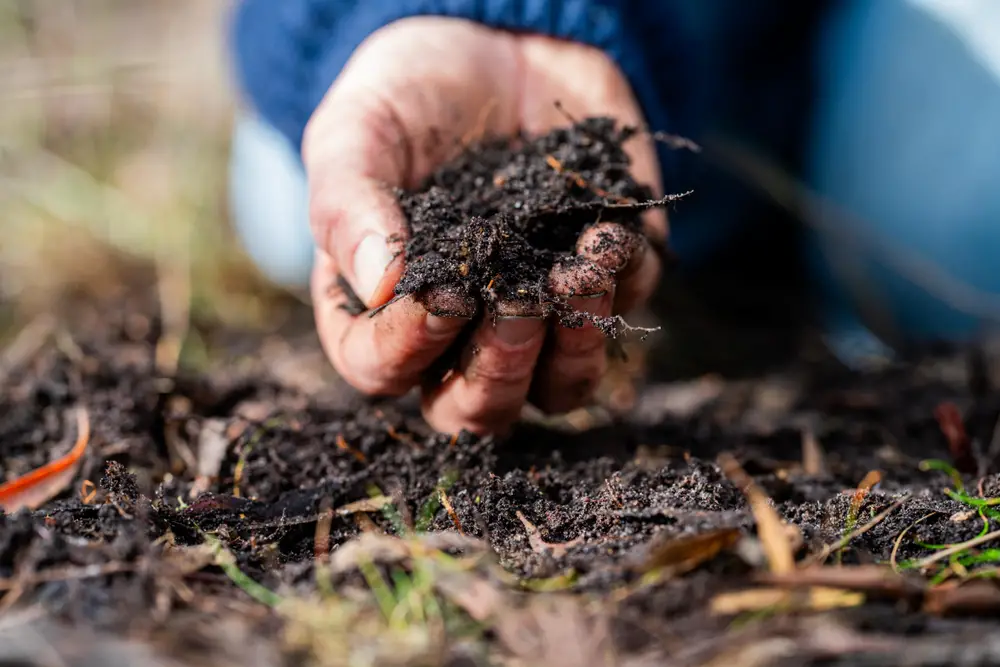
Is Fertilizer Necessary For Your Vegetable Garden?
Whether or not fertilizer is necessary for your vegetable garden comes down to what kind of fertilizer you’re using and what’s already in your soil.
-
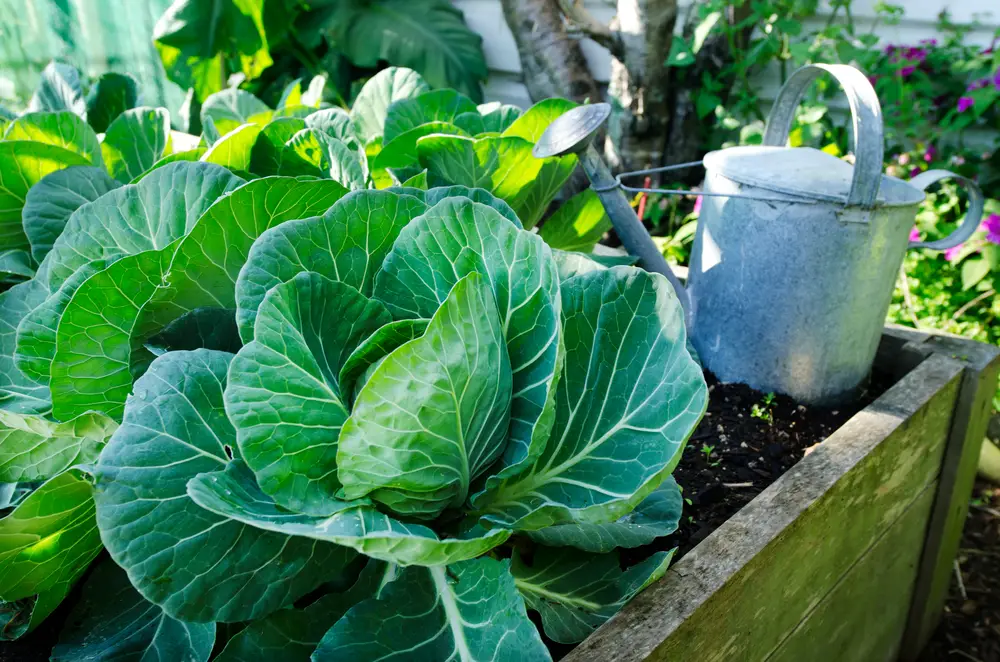
How To Maintain Your Vegetable Garden Throughout Every Season
Maintaining your vegetable garden requires different steps for each season. But each step is essential to the health and growth of your vegetable garden.
-
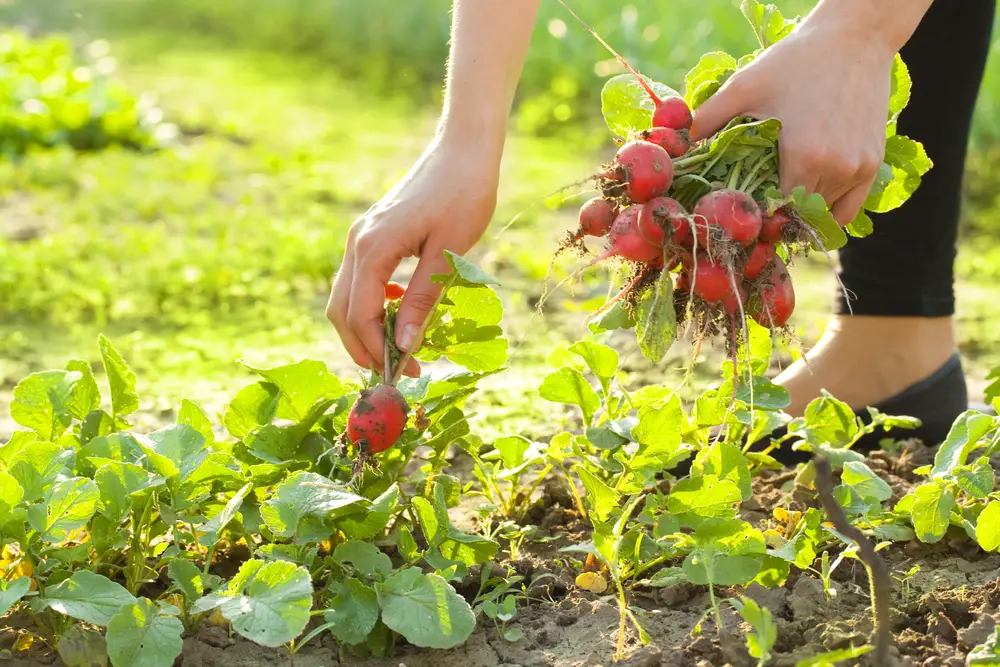
Is Vegetable Gardening Good For Beginners?
When it comes to whether or not vegetable gardening are good for beginners, it comes down to the work you’re willing to put in, and what sorts of rewards you’re looking for from that work.
-
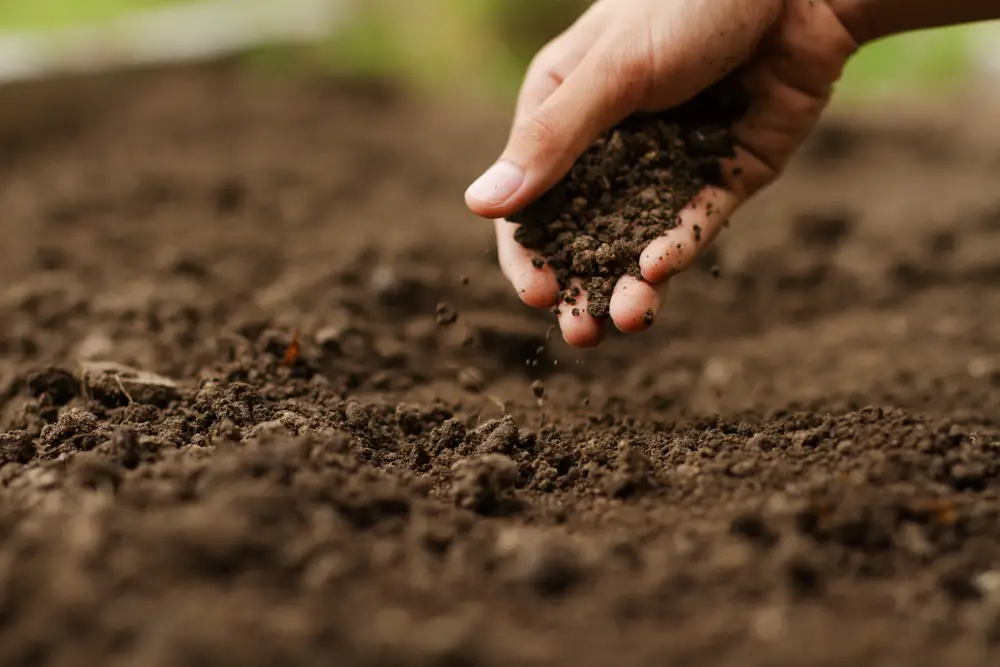
How To Make The Best Soil For Your Vegetable Garden
I know from experience you need to start with great soil to grow great vegetables. All year long, I am doing something or other to make sure my garden has good, healthy soil.
-
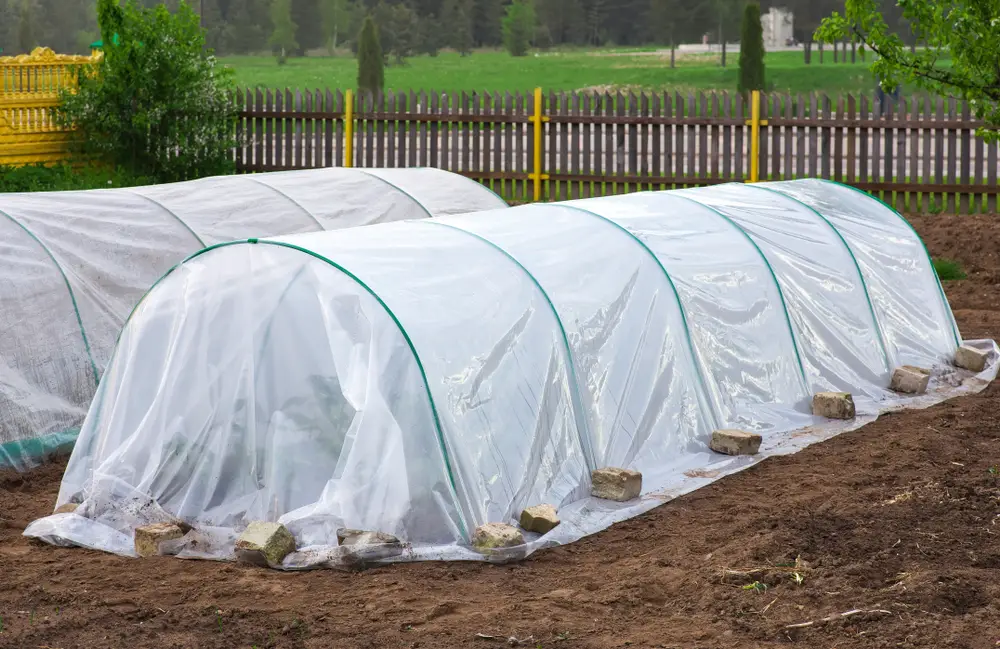
How To Protect Your Vegetable Garden From Frost
Let’s dive into what you can do to protect your vegetable garden from frost. The good news is these are the best tips and quickest methods gardeners commonly use, so you’ll be able to implement them quickly, too.
-
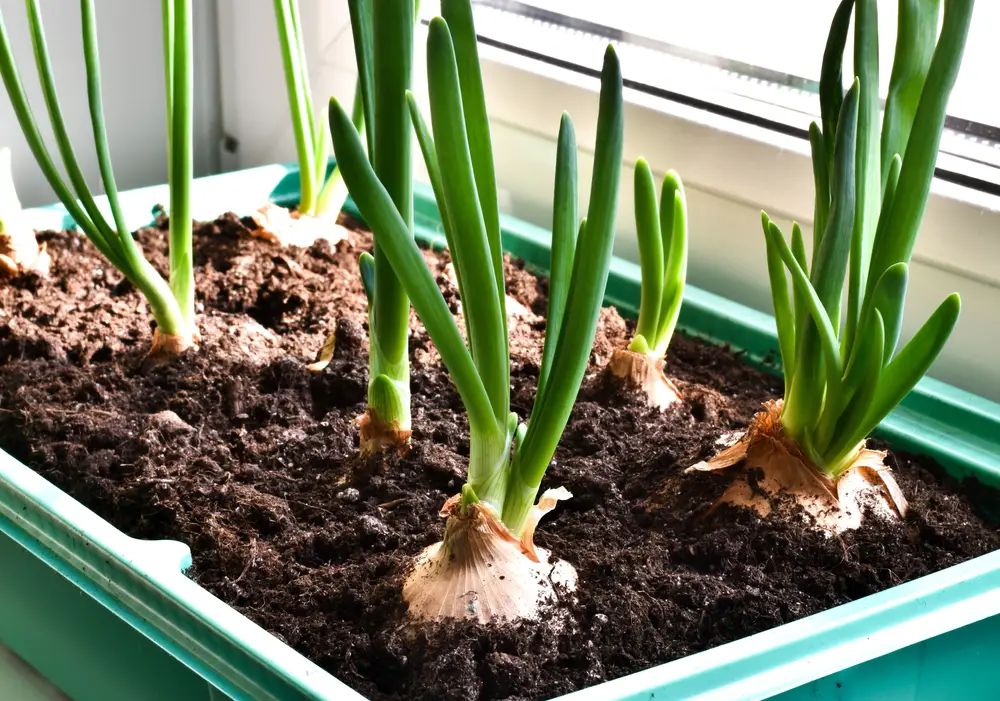
How To Start An Indoor Vegetable Garden: The Complete Guide
Thankfully, growing a few small vegetables in your home or other living space is not difficult. However, you do have some important things to think about before starting. But with some careful planning, the process will be easy and successful.
-
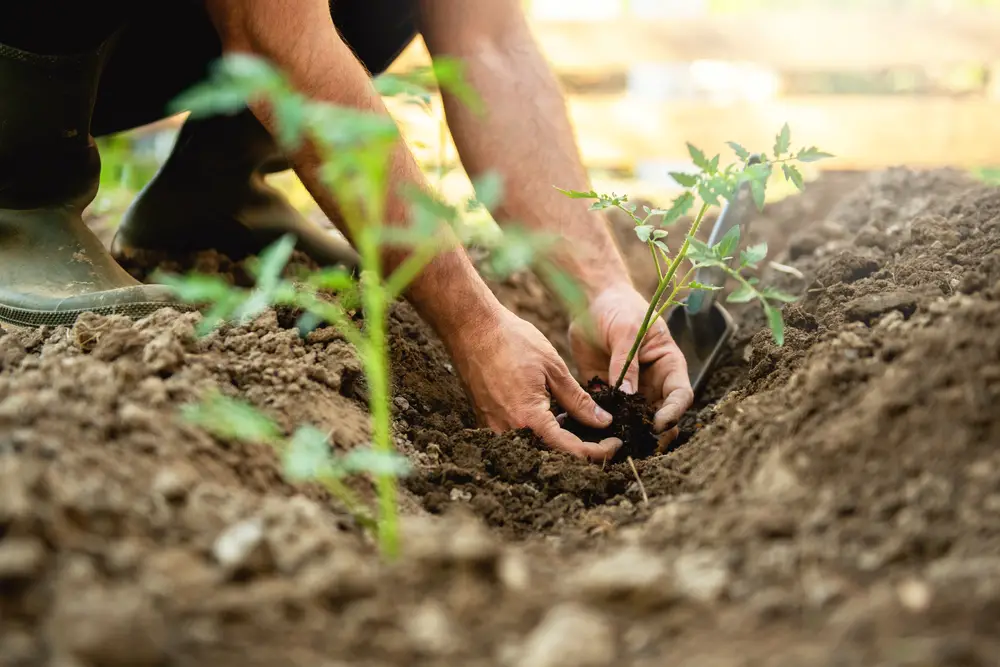
How To Start Your Vegetable Garden: The Complete Guide
Growing vegetables isn’t all that difficult, either. Yes, there are “ideal” conditions for reaping the highest yields, but most vegetables are pretty forgiving. Even if everything isn’t perfect, your plants will likely produce something. That said, here are the steps to start your own vegetable garden.
-

How To Clean Your Garden Vegetables So They’re Safe To Eat
If you’re like me, you work hard to build your soil organically, stay mindful of the water you use, and avoid using synthetic fertilizers or pesticides. But does this mean you can get away with not cleaning your vegetables? Specifically, does this mean you can get away with not washing them? I wish it did.
-

20 Best Vegetables For Your Garden
Every vegetable garden I’ve planted starts as a blank slate. That blank slate can be exciting! It represents the freedom to grow what you want. But freedom can also be overwhelming as you struggle with all the directions you can go.
-
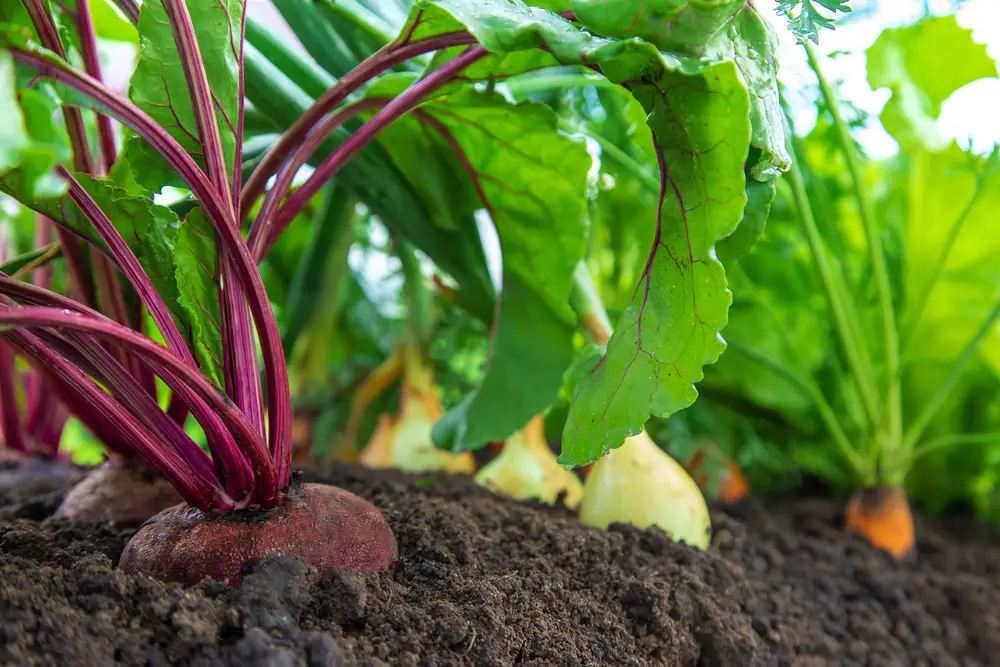
How To Plant And Grow Vegetables The Right Way
Whether it is your first or twentieth time planting a vegetable garden, following a few key steps will guide the process and bring your vision to life. Here’s what to do, starting with deciding what to grow!
-

The Essential Pros And Cons Of Vegetable Gardening
New gardeners can find themselves shocked at the amount of work required to succeed. So, we’ve provided you with all the essential pros and cons of vegetable gardening below, which we hope will help you decide if you want to do it.
-
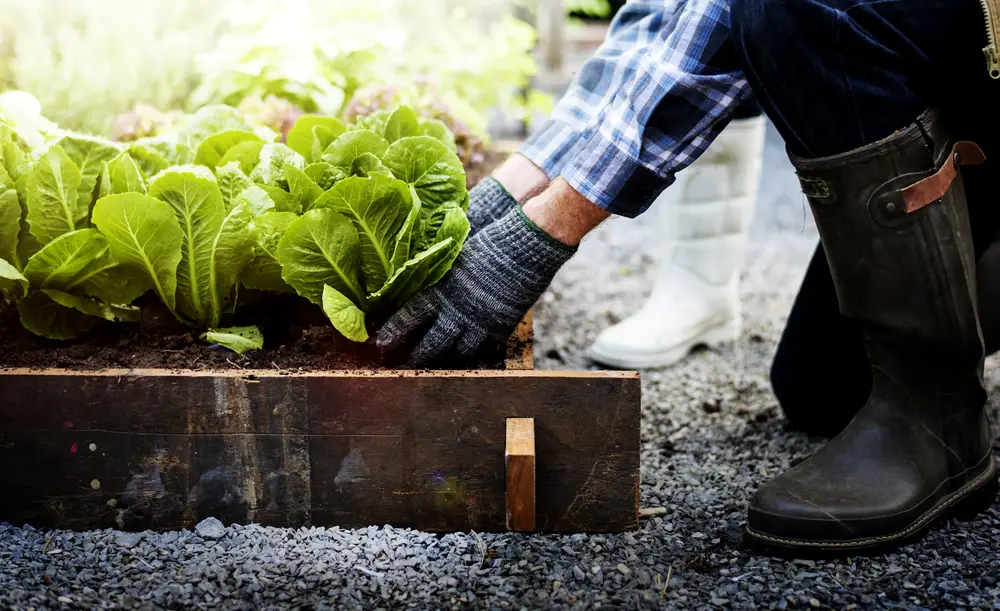
Are Vegetable Gardens Worth It?
Growing a vegetable garden yields innumerable benefits, and you’ll also end up with tasty vegetables. Determining the relative value of a food garden depends on what you are measuring, though. If your cost/benefit analysis is financially focused or strictly time-oriented, you may be better served buying your produce, but research shows there are significant reasons to consider growing that garden anyway.
-
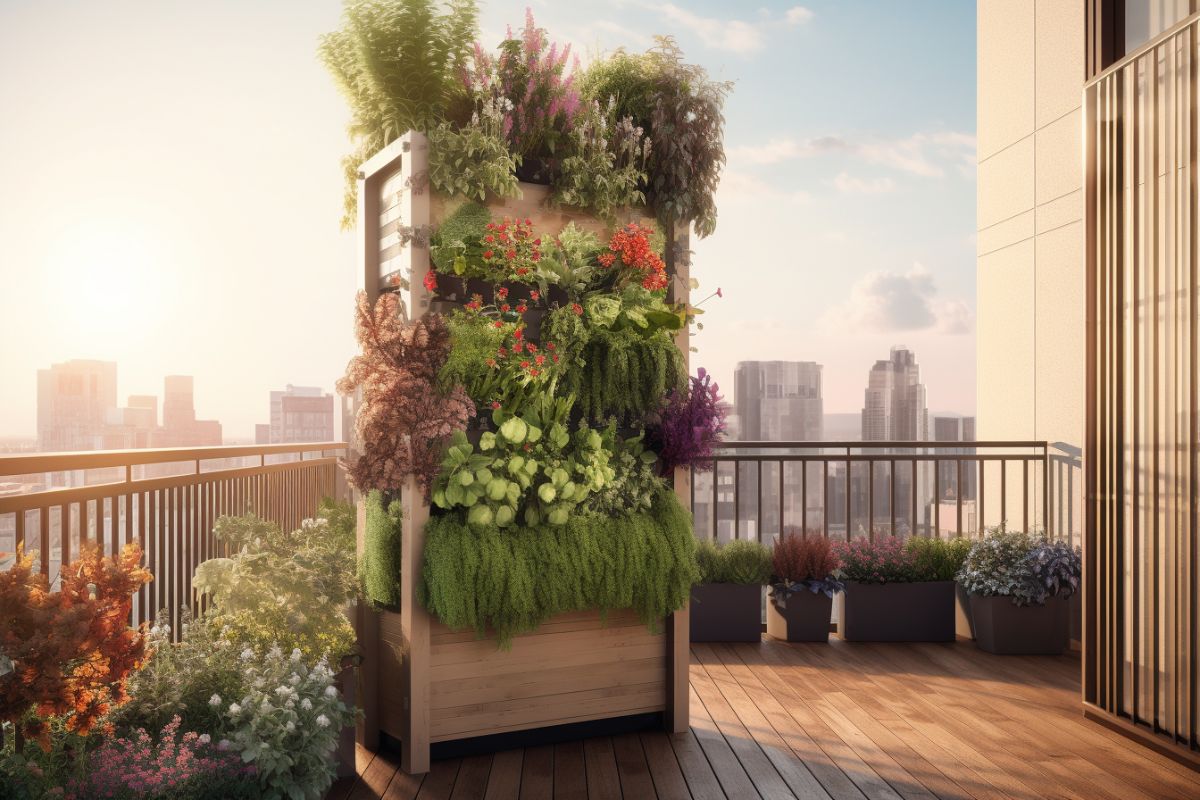
Best Vertical Garden Tower: Transforming Your Patio into a Plant Paradise
Are you a passionate planter pressed for space? Don’t let limited square footage hinder your horticultural ambitions. Vertical garden towers are here to save the day, allowing you to grow an array of plants in a compact and efficient design. These innovative planters have been designed with urban dwellers, small-space enthusiasts, and aspiring green thumbs […]
-
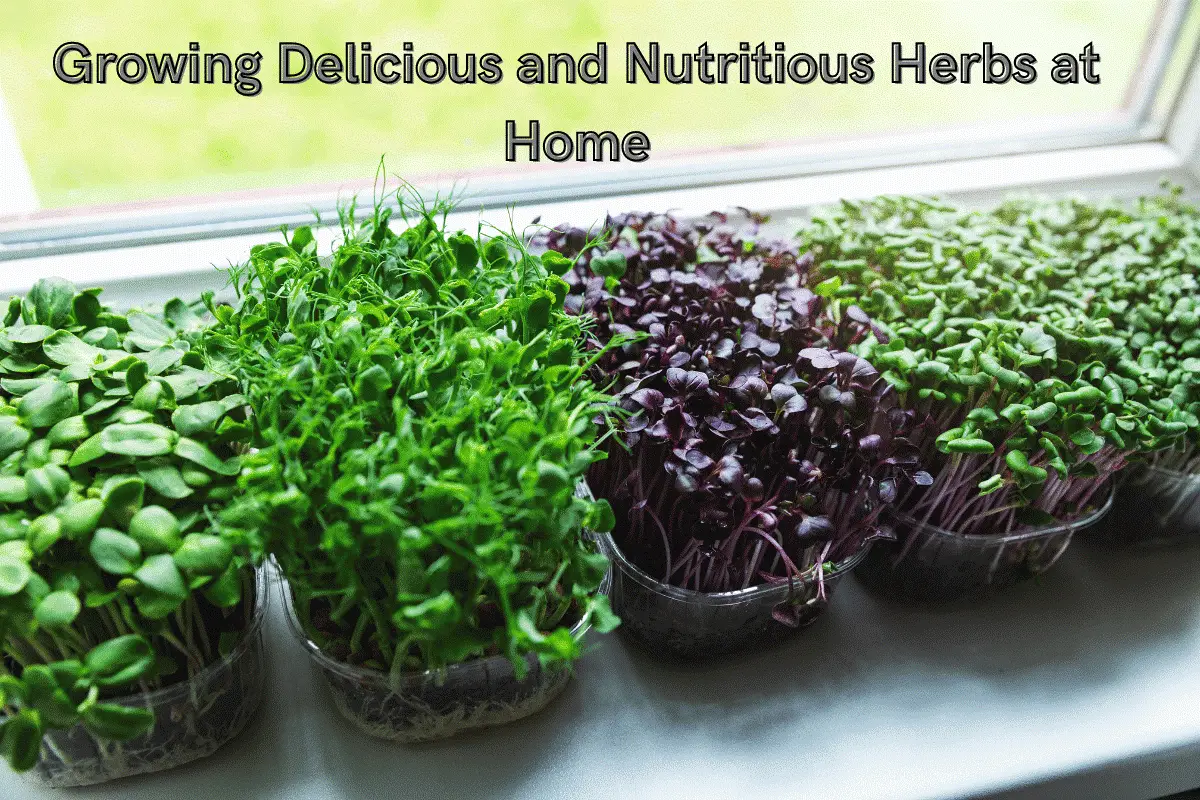
Growing Delicious and Nutritious Herbs at Home: A Comprehensive Guide
In this article Growing Delicious and Nutritious Herbs at Home: A Comprehensive Guide, we will explore the world of herbs, including their ease of cultivation, common culinary uses, and the health benefits they provide.
-
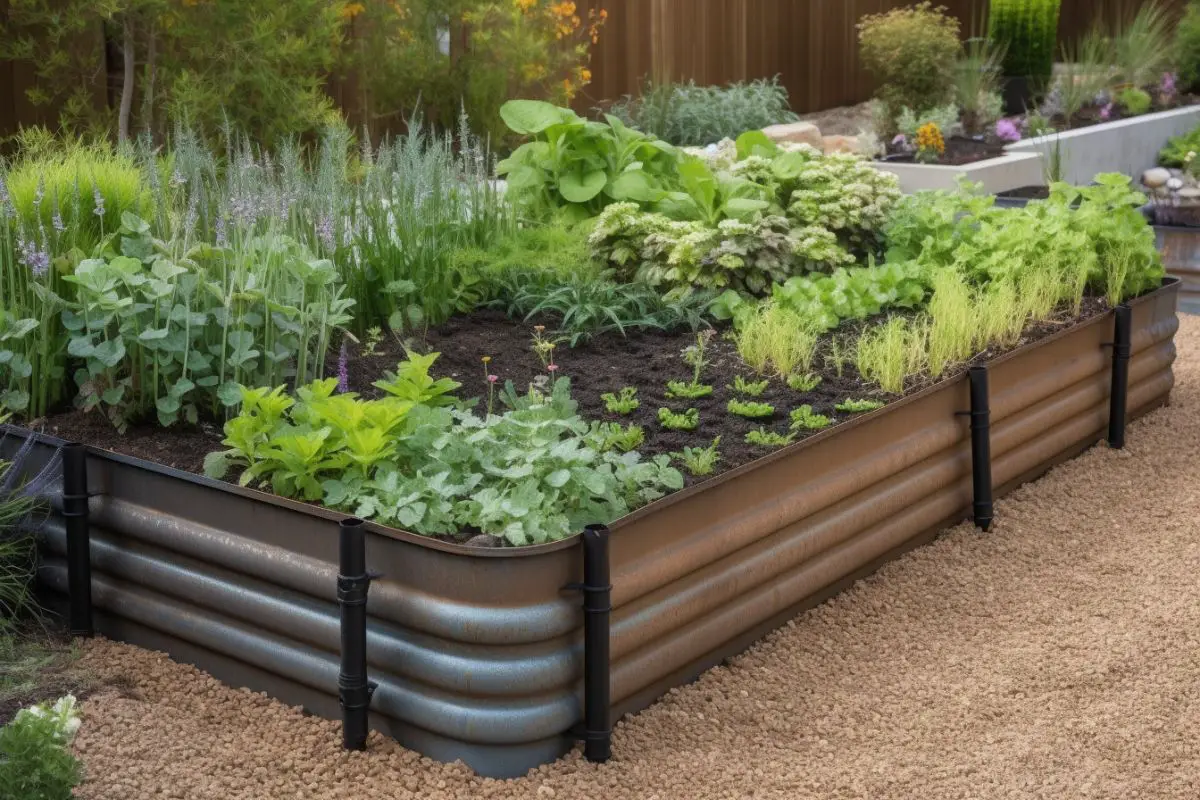
Why Raised Garden Bed Drainage Might Be the Missing Key to Your Dream Garden!
Picture this: you’ve invested your time, energy, and resources into creating a beautiful raised garden bed filled with a variety of plants you can’t wait to see flourish. But then, after days or even weeks of tending to your garden, you notice the soil is constantly wet, and some plants are starting to wilt or […]
-
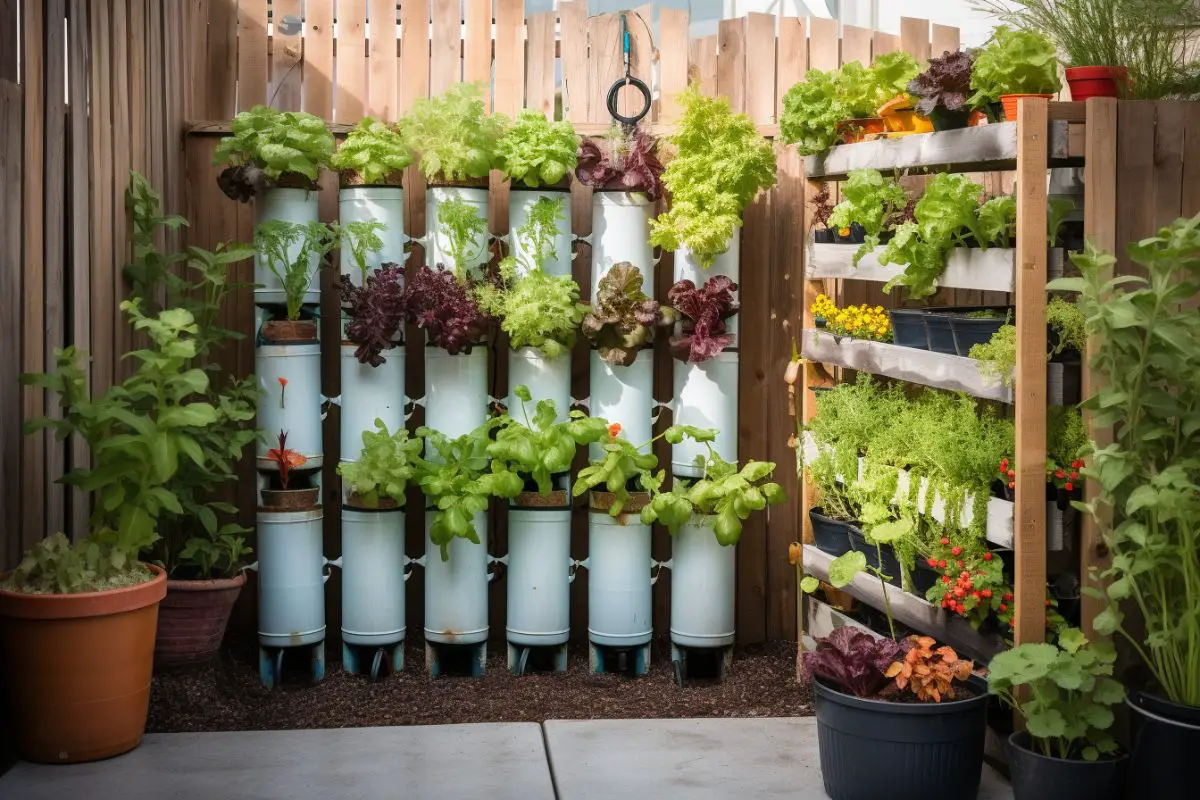
The Ultimate Guide to Building a Backyard Hydroponic Garden
Learn how to build and setup your very own hydroponic Garden with our ultimate guide.
-

Understanding Crop Rotation in Your Garden
Learn about the benefits of crop rotation in your garden, including improved soil health, pest and disease control, and higher yields. Discover how to plan and implement a successful crop rotation system and maximize the productivity of your garden.
-

Ideal Greenhouse Temperature and Humidity: Perfect Balance
Let’s make sure you have the Ideal Greenhouse Temperature and Humidity to grow a wide variety of plants.
-
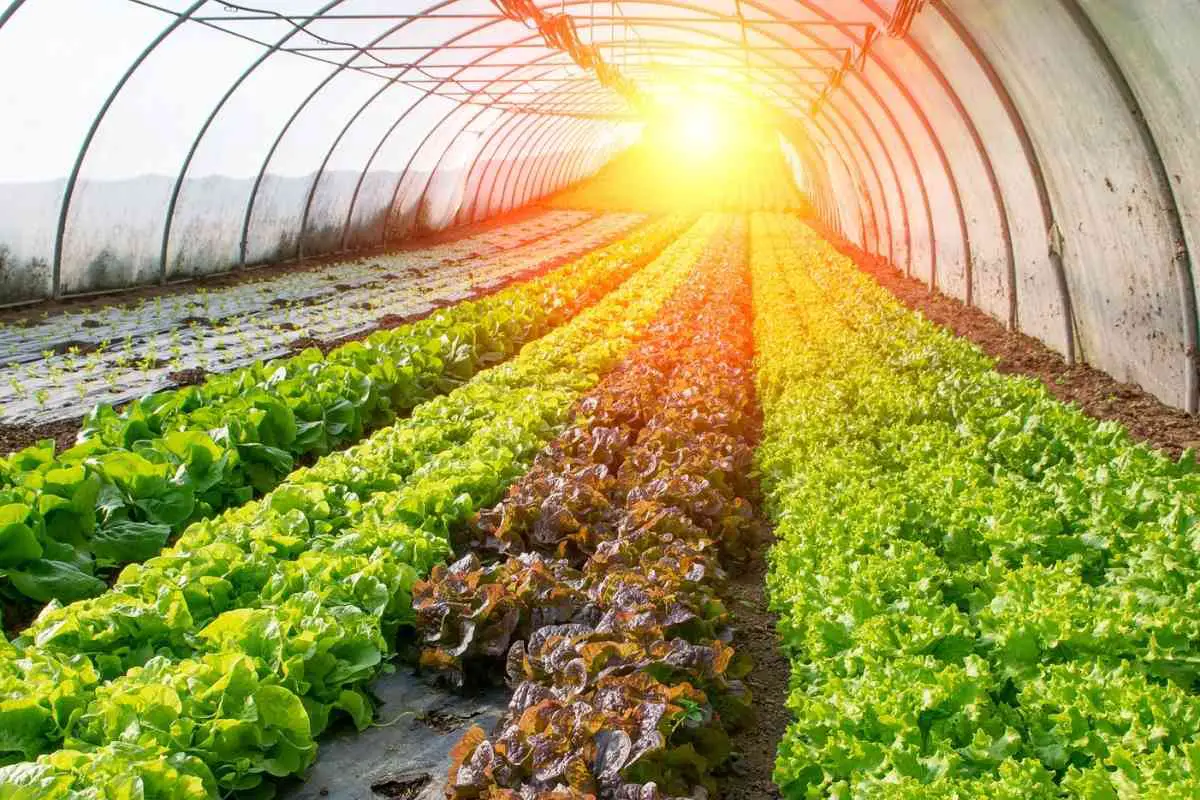
How To Heat Greenhouse In Winter (6 Proven Methods)
While there are many ways of heating a greenhouse, using insulation, compost, electrical heating, thermal mass energy, and solar are the commonly used methods. Read our guide to find out more.
-
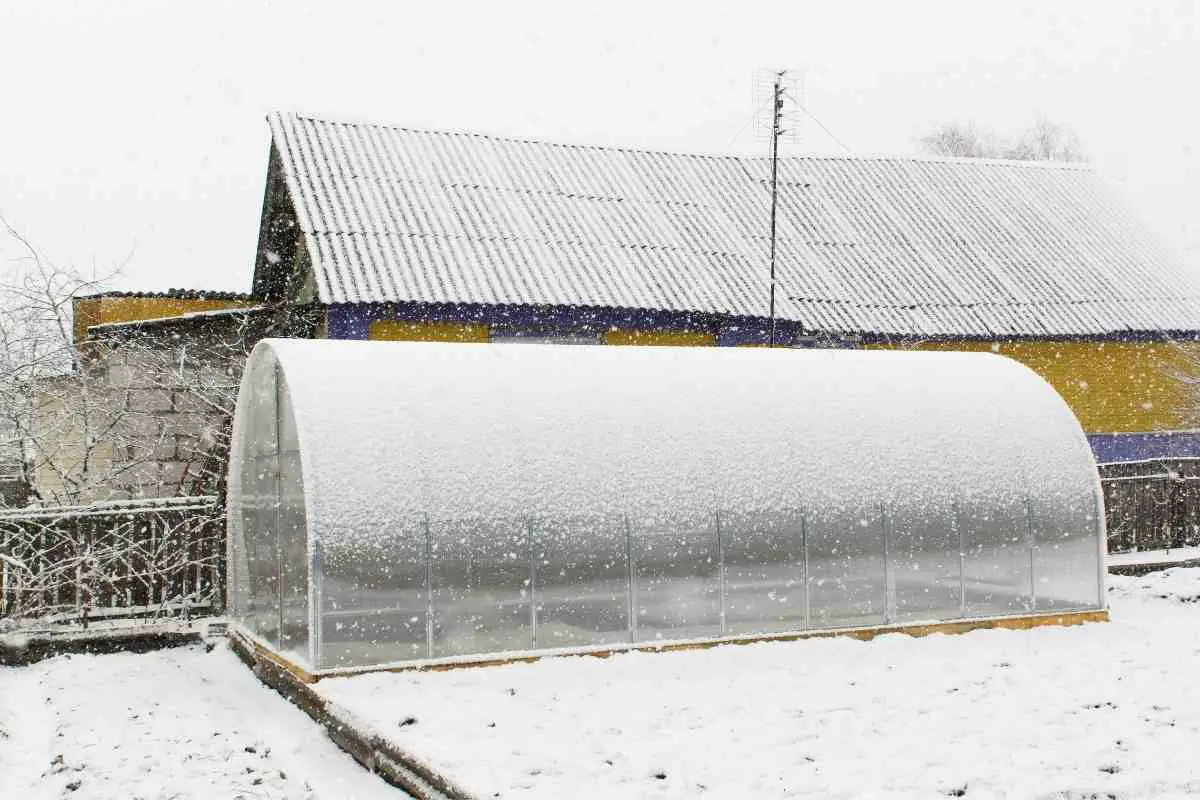
What To Grow In Greenhouse In Winter
Some plants do not require a lot of sunlight and can survive the harsh winter conditions as long as they are grown in a temperature-controlled greenhouse. For instance, all green vegetables such as cabbage, kales, carrots, and broccoli can thrive in greenhouses.
-
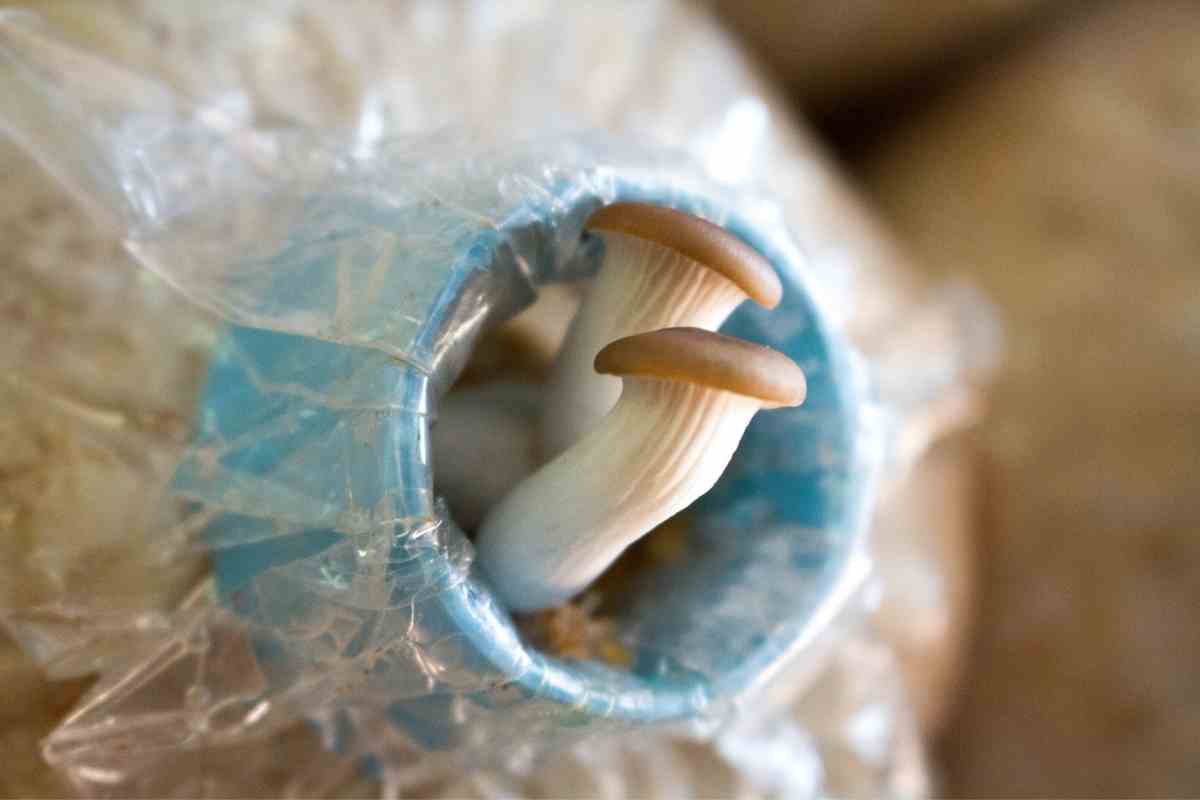
7 Tips For Growing Mushrooms Indoors For The First Time
Different mushroom species require different conditions for optimum growth. However, with the right growing conditions and proper harvesting, you can have a steady supply of mushrooms for months.
-
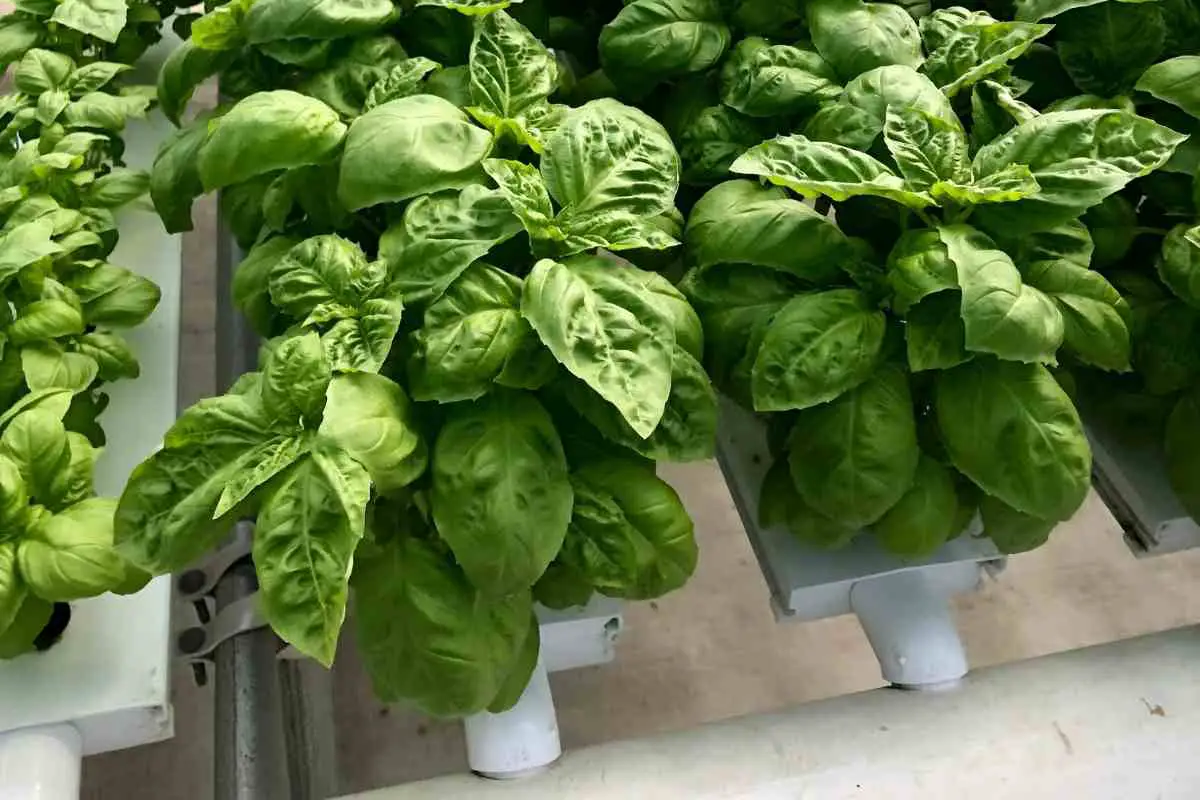
7 Tips for Growing Hydroponic Basil Quickly
One of the best ways to get basil fresh in your kitchen is to grow them yourself. Hydroponics is a good solution, even for beginners. Besides being a dirt-free approach to growing basil, you can produce a significant amount in small home spaces.
-
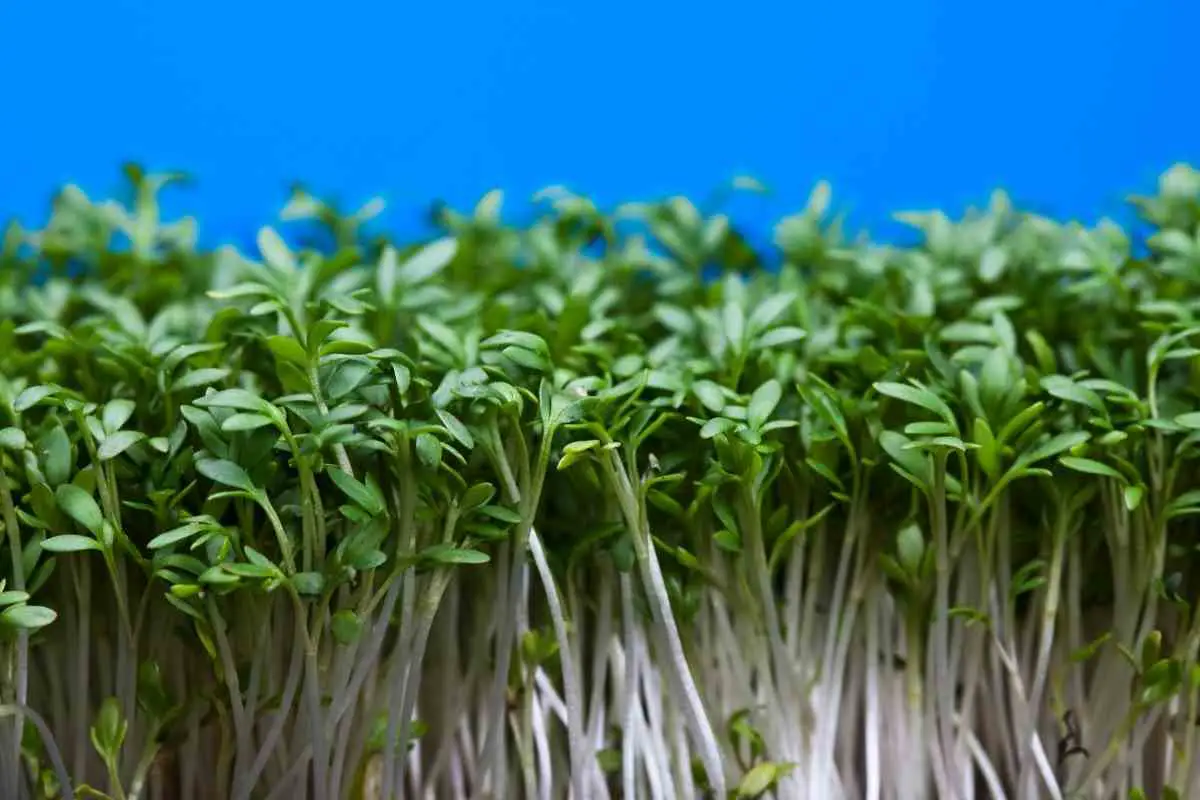
Grower Guide for Watercress Without Soil
What you may not know, is that watercress can be grown without soil! This guide will show you how to grow watercress in a container using just water and organic matter.
-
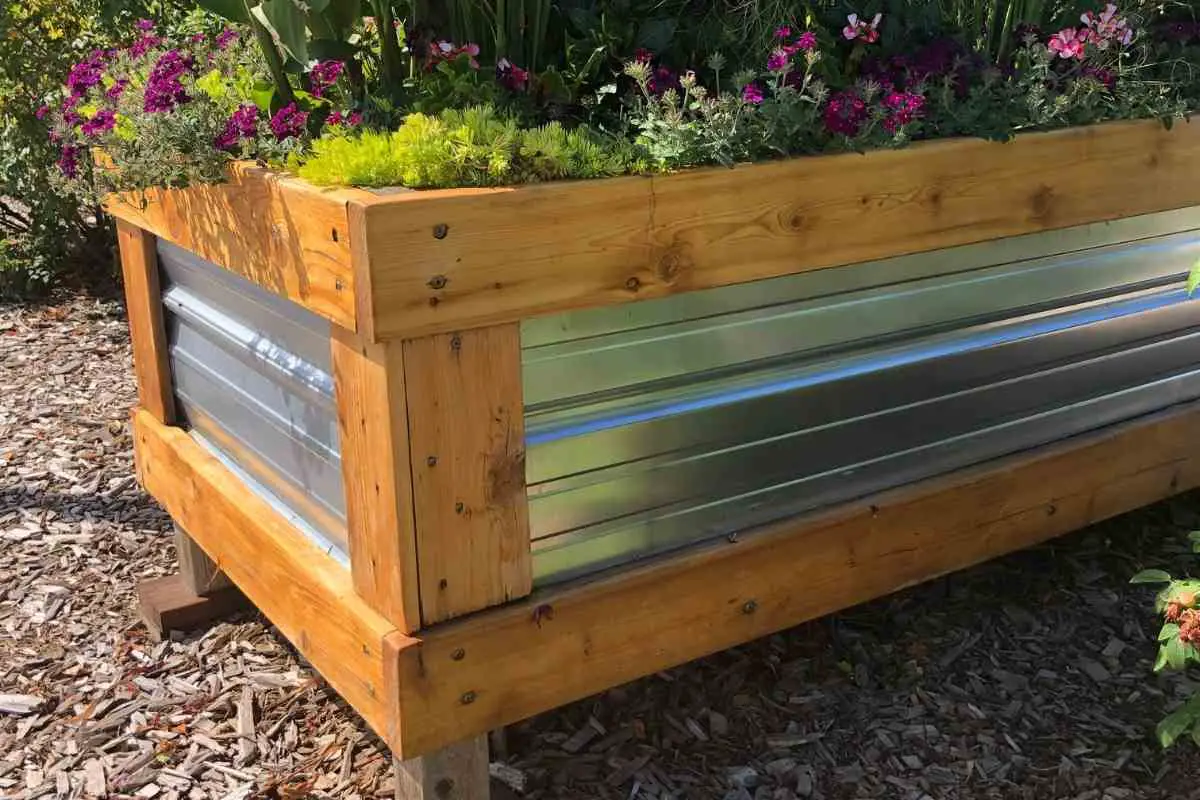
7 Amazing Self Watering Vegetable Planters
The planters come in various makes and models, all sizes, with various attractive features. One of the most common features you can exploit in planters is the self-watering mechanisms.
-
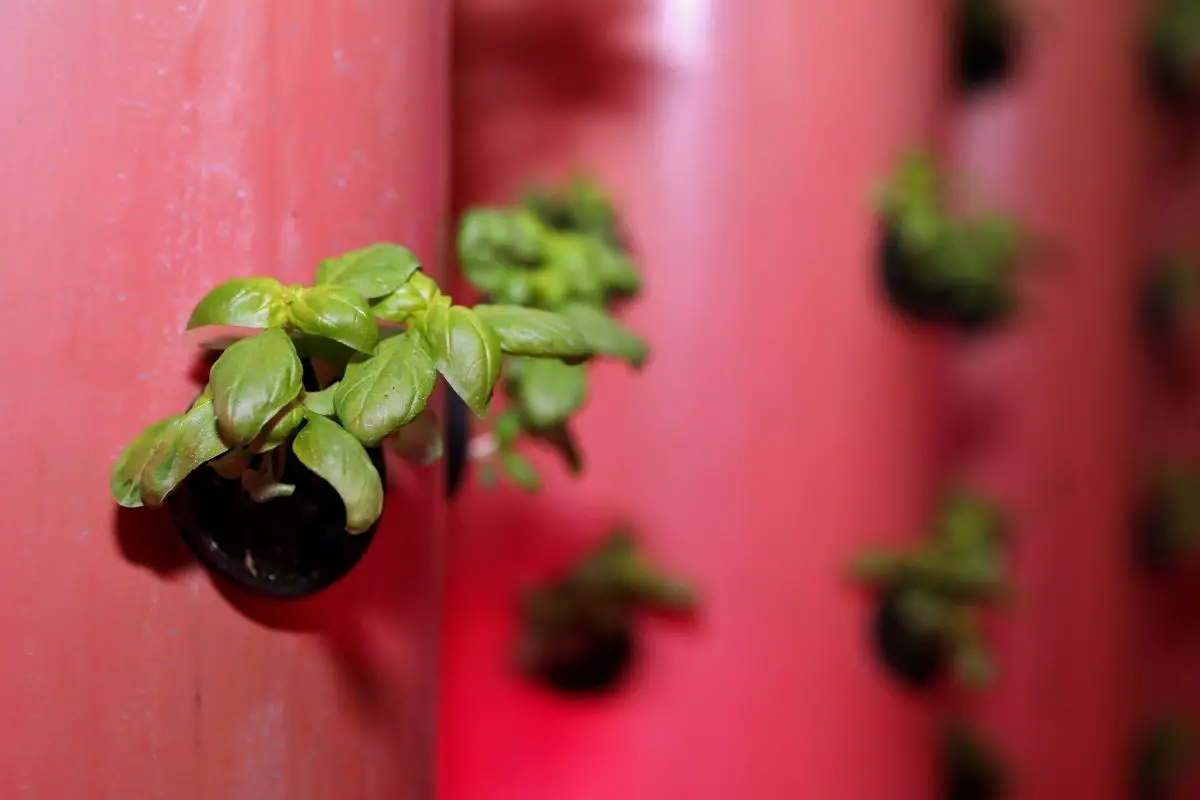
What Is Ultrasonic Fogger Aeroponics?
Sometimes just called fogponics, this unique way of growing plants is changing the way we garden. If you’re new to the idea, don’t worry. We will explain everything you need to know.